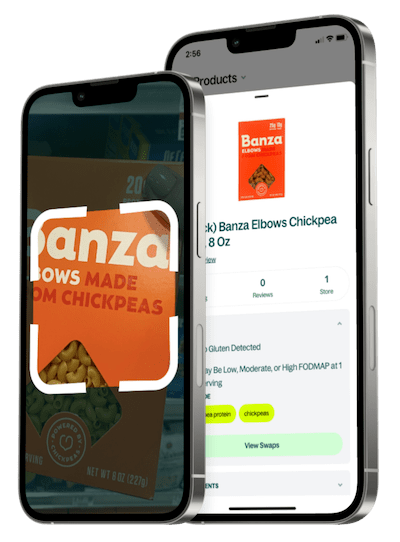Is Oreo Cheesecake 425G Dairy Free?


Ingredients
Single Cream (Milk), Oreo Crumb (16%) (Wheat Flour, Sugar, Rapeseed Oil, Fat Reduced Cocoa Powder (6.5%), Glucose-Fructose Syrup, Wheat Starch, Raising Agents: Potassium Carbonates (E501), Ammonium Carbonates (E503), Sodium Carbonates (E500), Palm Oil, Salt, Emulsifier: Soya Lecithin, Flavouring), Skimmed Milk, Full Fat Soft Cheese (11%) (Whole Milk, Whipping Cream (Milk), Milk Solids, Salt, Cornflour, Lactic Culture (Milk), Preservative: Potassium Sorbate (E202)), Biscuit Crumb (11%) (Fortified Wheat Flour (Wheat Flour, Calcium Carbonate, Iron, Nicotinamide, Thiamine), Vegetable Oil (Palm Oil, Rapeseed Oil), Sugar, Cocoa Powder, Sugar Syrup, Raising Agent: Sodium Bicarbonate (E500), Salt), Sugar, Vegetable Oils (Palm Oil, Rapeseed Oil), Whole Egg, Whipping Cream (Milk), Water, Tapioca Starch, Cornflour, Fortified Wheat Flour (Wheat Flour, Calcium Carbonate, Iron, Nicotinamide, Thiamine), Flavouring, Emulsifier: Mono- and Diglycerides of Fatty Acids (E471) (from Vegetable Origin), Starter Culture (Milk) For allergens, including cereals containing gluten, see ingredients in capital
What is a Dairy Free diet?
A dairy-free diet eliminates all foods made from or containing milk and milk-derived ingredients, such as butter, cheese, yogurt, and cream. It's essential for people with lactose intolerance, milk allergies, or those who prefer plant-based alternatives. Common dairy substitutes include almond, soy, oat, and coconut-based milks and cheeses. While dairy is a major source of calcium and vitamin D, these nutrients can be replaced through fortified foods or supplements. Many people find going dairy-free helps reduce digestive issues, acne, or inflammation, but balance and proper nutrient intake remain key for long-term health.


